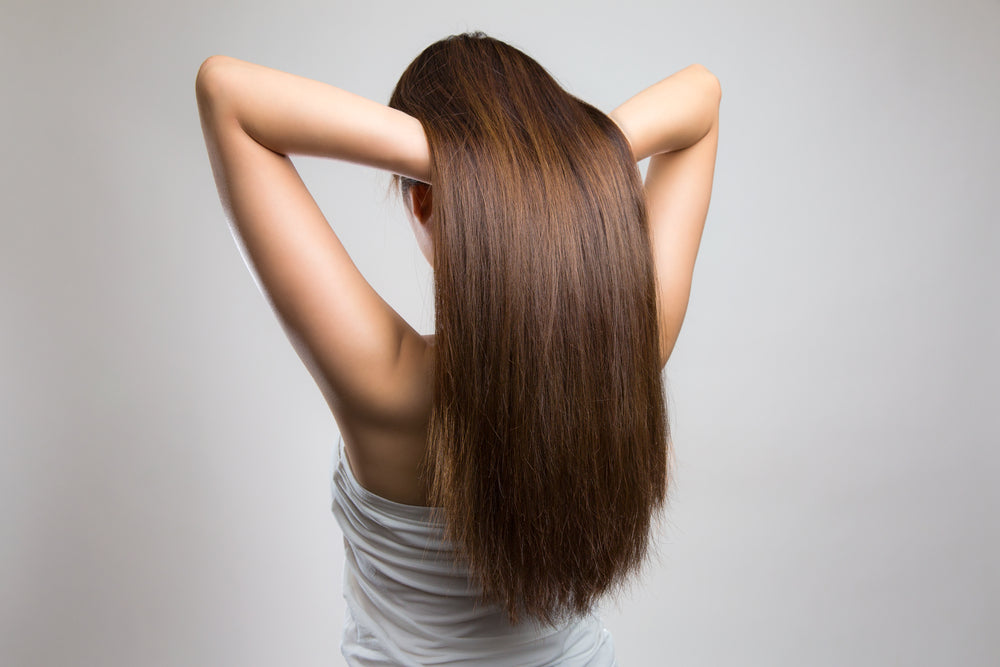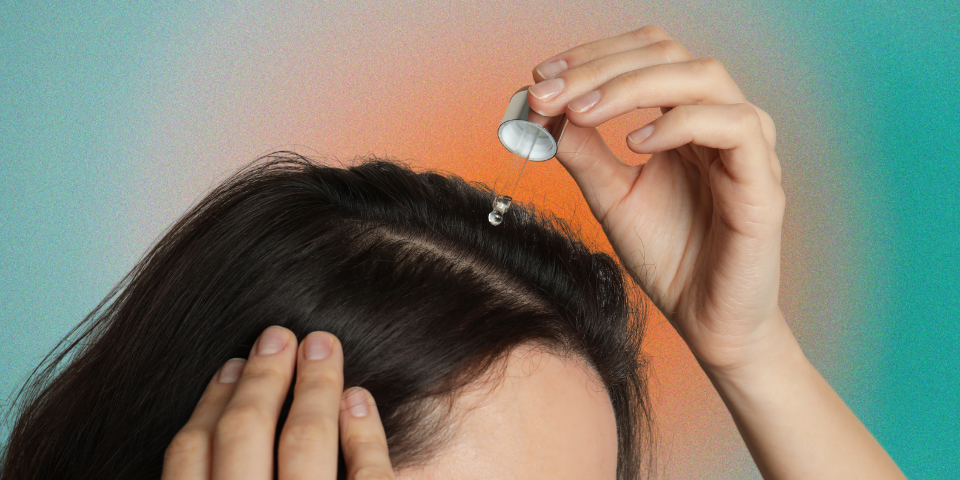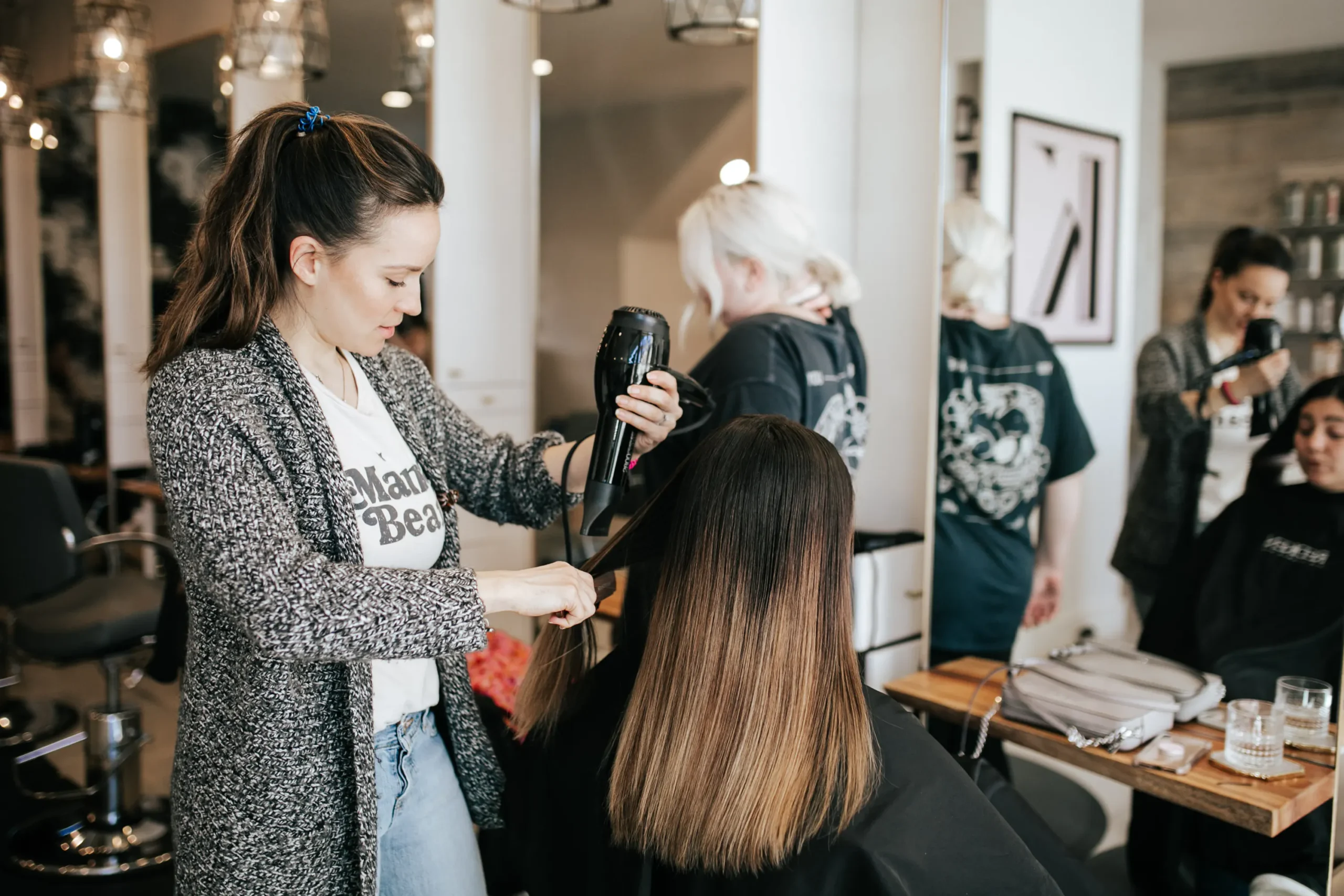Hair Care has always been more than just a natural feature. For centuries, it has carried cultural significance, personal expression, and even social identity. From glossy straight hair to defined curls, people often seek ways to maintain texture, shine, and overall strength. A consistent routine not only helps in improving appearance but also keeps the scalp balanced and nourished.
The Role of a Balanced Diet
Nutrition directly influences hair health. Vitamins such as A, C, D, and E, along with minerals like zinc and iron, provide support for growth and thickness. Protein-rich foods including eggs, lentils, fish, and nuts help strengthen strands from within. Hydration is equally important since water maintains elasticity, preventing brittleness and dryness. Many dermatologists emphasize that deficiencies often manifest through weak or thinning hair.
Scalp Care and Hygiene
The scalp acts as the foundation for strong hair. A clean scalp prevents buildup from oils, dirt, and styling products. Washing frequency depends on personal lifestyle and hair type. People with oily scalps may require more frequent washes, while those with dry textures benefit from fewer. Gentle shampoos free from harsh chemicals such as sulfates and parabens reduce irritation. Massaging the scalp while washing stimulates circulation, delivering more nutrients to hair follicles.
Moisture and Conditioning
Hydration keeps strands flexible, reducing split ends and breakage. Conditioners restore moisture stripped during cleansing, leaving hair softer and easier to manage. Leave-in treatments, natural oils like argan or jojoba, and masks provide additional nourishment. Curls and coils in particular benefit from heavier moisturizing products since they are more prone to dryness. Applying conditioner primarily on lengths and ends prevents excess buildup at the roots.
Heat and Styling Protection
Straighteners, curling irons, and blow dryers may give temporary results but cause long-term damage if used excessively. Heat weakens keratin, leading to frizz and split ends. Using thermal protection sprays creates a barrier against high temperatures. Limiting heat styling and allowing hair to air-dry whenever possible preserves natural strength. Even simple hairstyles like braids or buns, if too tight, can stress roots and cause thinning around the hairline.
Natural Oils and Herbal Remedies
Generations across different cultures have relied on natural remedies for healthier hair. Coconut oil deeply penetrates strands, reducing protein loss. Castor oil is often praised for promoting growth and adding shine. Aloe vera soothes irritated scalps, while hibiscus and rosemary extracts are used to strengthen roots. Herbal rinses made from green tea or chamomile can add softness and luster. While these remedies may not work overnight, consistent application can yield visible improvements.
Seasonal Hair Care Adjustments
Climate changes affect hair texture and health. During summer, increased sun exposure can fade color and weaken strands. Protective hats and UV sprays reduce this impact. In winter, dry indoor heating and cold air cause frizz and dehydration. Using thicker conditioners, oils, and humidifiers helps maintain balance. Spring and autumn bring transitional weather, making it a good time for trims to prevent split ends and refresh overall appearance.
Professional Treatments and Modern Options
Salons provide treatments ranging from deep conditioning therapies to keratin smoothing solutions. While some offer temporary results, others restructure hair bonds for long-lasting effects. However, professional advice is necessary before undergoing chemical treatments, as not all hair types respond the same way. Regular trims every six to eight weeks prevent split ends and encourage healthier growth. For those experiencing severe thinning, dermatological solutions such as microneedling or PRP (platelet-rich plasma) therapy are gaining popularity.
Daily Habits for Stronger Hair
Simple daily practices create long-term benefits. Using wide-tooth combs instead of brushes reduces breakage, especially when detangling wet strands. Sleeping on silk or satin pillowcases minimizes friction, maintaining smoothness. Avoiding excessive pulling while styling prevents unnecessary stress on roots. A consistent nighttime routine that includes lightly braiding or tying hair can protect it from tangling. Even small adjustments, when practiced regularly, contribute to healthier growth over time.




